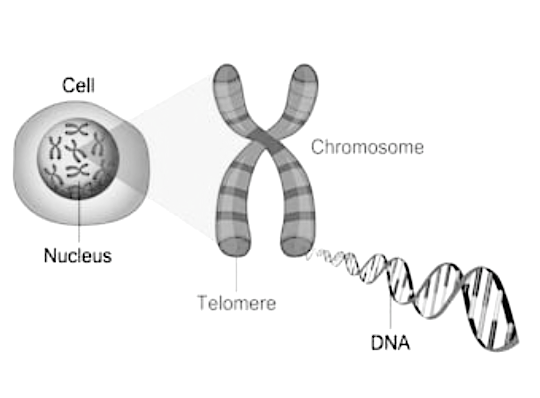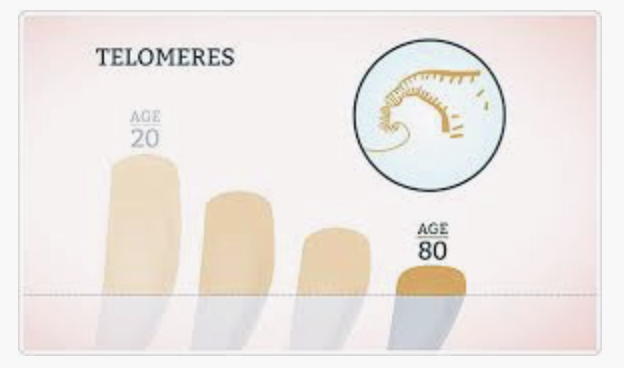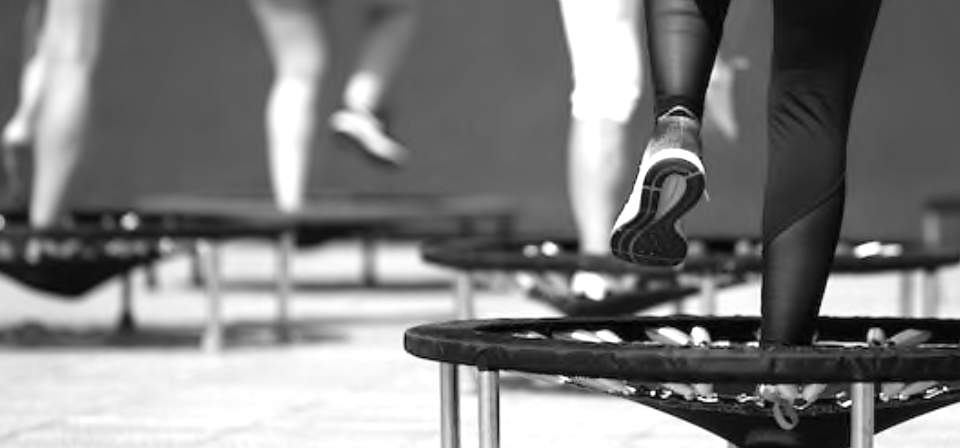CELLULAR HEALTH
The new year brings fresh goals and exciting opportunities to improve our health. One emerging trend is focusing on cellular health through exercise. After all, strong cells lead to more energy, longevity, and overall vitality. While we already know the benefits of organic, plant-based foods and antioxidant-rich supplements, optimizing cellular health through the right exercises is gaining attention. This post explores how certain types of exercise strengthen our cells and why this matters.
Endurance Exercise and Cellular Health
A recent study published in the European Heart Journal shows that endurance training significantly improves cellular health. Both endurance exercises and cardio—like running, biking, and rowing—are aerobic activities that use oxygen as their primary energy source. These exercises increase fitness levels through horizontal acceleration, where gravitational forces remain constant.
However, vertical acceleration—with fluctuating velocity—offers unique benefits that horizontal acceleration can’t provide. Rebounding on a mini-trampoline is a low-impact exercise that involves vertical acceleration, and according to research published in Nature Cell Biologyy, gravity is directly linked to cellular health, making this type of exercise especially effective.
Why Gravity Matters for Cellular Health
Without gravity, our health deteriorates rapidly. NASA has determined that environments lacking gravity, known as microgravity, negatively affect human survival and cellular function. This is why astronauts are required to do at least 2.5 hours of hypergravity (increased G-force) exercises daily to maintain their health.
Rebounding on a trampoline provides similar hypergravity effects, stimulating all 37.2 trillion cells in the body. NASA’s research confirms that rebounding is one of the most efficient ways to achieve rapid health benefits. Not only does it help cleanse the lymphatic system, but it also triples the number of white blood cells, boosting immunity and cellular defense. The secret ingredient? Gravity.
Natural News reports white blood cells triple in number after rebounding and remain elevated for one hour. The key ingredient here is gravity. With out it we deteriorate. With micro doses of it we get healthier.
gravity. exercise. nasa. research. trampoline
Protect Your DNA with Healthy Cells
Our daily habits—stress, sleep, nutrition, and exercise—directly influence the health of our cells. These factors affect the length of telomeres, which are protective caps at the ends of DNA strands. Longer telomeres are associated with healthier cells and lower risks of diseases like cancer, while shorter telomeres are linked to aging and higher mortality rates.
Exercise, particularly one that elevates your mood, like rebounding, can help protect and even repair telomeres. Studies show that happier individuals tend to have healthier, longer telomeres. With benefits like improved sleep, enhanced digestion, and stress reduction, rebounding is a natural mood booster that can help optimize cellular health.
HOME TESTING
FINAL THOUGHTS
Just as resistance training is known for building muscle and Pilates is famous for core strength, exercises that focus on cellular health—like rebounding—are becoming essential in complete fitness plans. Rebounding strengthens internal health by delivering healthy doses of G-force, boosting brain power, enhancing immunity, and improving overall longevity.
New tools like the Teloyears test can even measure your telomere length, giving you insight into how your cells are aging. I plan to take this test myself to see how my regular rebounding practice has impacted my cellular health. Stay tuned for the results!
Live in NYC?
Jump into a TrampoLEAN class today!













